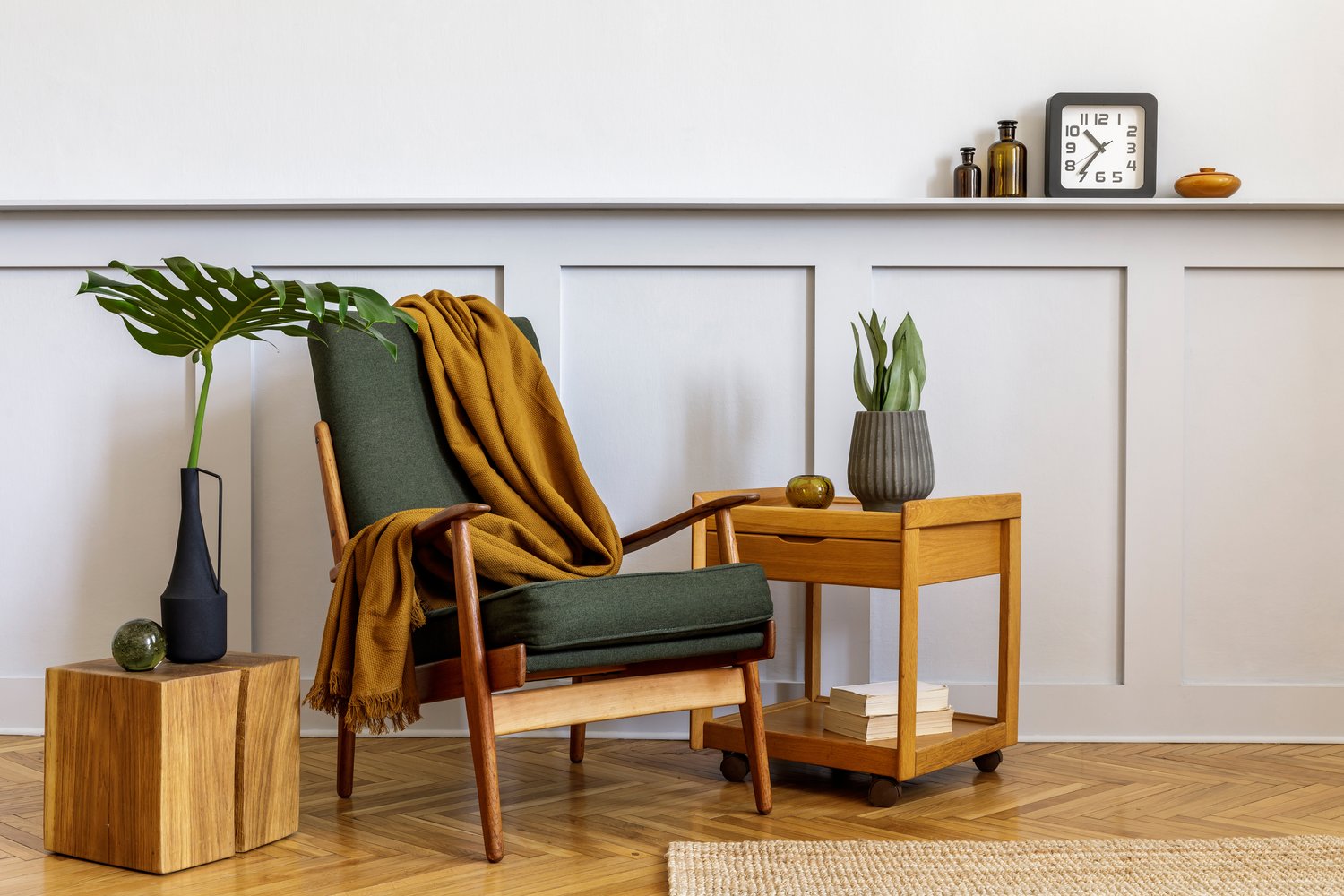Creating a space that feels complete, inviting, and visually interesting involves more than just choosing the right colors or furniture pieces. One of the most important design techniques that professional decorators employ is texture layering—the thoughtful combination of different materials, fabrics, and surfaces throughout a room. Layering textures in decor transforms flat, one-dimensional spaces into rich, dynamic environments that engage the senses. This article explores how to masterfully combine various textures to add depth, warmth, and personality to your interiors, turning ordinary rooms into extraordinary living spaces.
Understanding the Power of Texture
Texture in interior design refers to the surface quality of materials—how things feel to the touch and how they appear visually. When you walk into a room with skillfully layered textures, you might not immediately identify what makes the space feel so complete, but you’ll sense its cohesiveness and comfort. Home interior textures create visual weight and balance, preventing rooms from feeling sterile or flat. They add dimension even in monochromatic color schemes and can make large spaces feel more intimate or small spaces feel more defined. The contrast between rough and smooth, soft and hard, matte and glossy creates visual rhythm that guides the eye throughout the space and invites physical interaction with your surroundings.
Foundation Principles for Mixing Textures
Successful texture layering starts with understanding some basic principles. Begin by identifying your room’s primary function and the atmosphere you want to create. For a cozy home design in a living room, you’ll want to incorporate more soft, plush textures. For a more formal dining space, you might lean toward structured, refined textures. A good rule of thumb is to include at least three different textures in any room. Consider contrasting rough with smooth, matte with shiny, and soft with hard. For example, pair a smooth leather sofa with a chunky knit throw and glossy ceramic accessories. Balance is key—too many competing textures can feel chaotic, while too few can make a space feel incomplete. As noted by design experts at AskHomey, the most successful rooms often contain a thoughtful mix of natural and manufactured textures to create environments that feel both curated and comfortable.
Seasonal Texture Transitions
One of the joys of mastering layering textures decor is the ability to easily transition your home through the seasons. In winter months, increase warmth and coziness with additional soft layers like velvet pillows, wool throws, sheepskin rugs, and heavy drapes. These textiles not only provide physical warmth but also create a psychologically warming effect. When warmer weather arrives, swap these heavier textures for lighter alternatives such as linen, cotton, sisal, and rattan. Keeping your larger furniture pieces in neutral textures allows for these seasonal adjustments without requiring a complete room overhaul. This approach to texture gives you flexibility to refresh your space throughout the year while maintaining its fundamental character.
Creating Depth Through Material Contrasts
The art of mix and match fabrics extends beyond just textiles to include a variety of materials throughout your space. Consider how wood, metal, glass, stone, ceramics, and plant materials can interact to create rich visual experiences. A room with only smooth surfaces will feel flat and lifeless, while one with exclusively rough textures might feel overwhelming or unrefined. Try pairing a sleek glass coffee table with a nubby woven area rug underneath. Place smooth ceramic vases on a rough-hewn wooden console. Contrast brushed nickel hardware with velvet upholstery. These material juxtapositions create the depth and interest that make professionally designed spaces feel complete and thoughtfully curated.
Strategic Placement of Textural Elements
Where you place different textures matters almost as much as which textures you choose. Think of your room in layers—from floor to ceiling, and from the center outward. Start with foundational textures in flooring, large furniture pieces, and window treatments. Then add mid-level texture through accent furniture, cushions, and wall treatments. Finally, incorporate detailed textural elements through accessories like artwork, decorative objects, and plants. This layered approach ensures texture is distributed throughout the space rather than concentrated in one area. For particularly large rooms, creating textural zones can help define functional areas within the larger space, making it feel more intimate and purposeful.
Finding Your Textural Balance
While design principles provide helpful guidelines, the most important aspect of home interior texturing is creating a space that feels right to you. Some people are drawn to highly textured, tactile environments with numerous soft surfaces and varied materials. Others prefer a more restrained approach with subtle textural variation. The key is maintaining enough contrast to create interest while ensuring the overall effect aligns with your personal comfort level and aesthetic preferences. Trust your instincts—if a room feels too flat or too chaotic, adjust the textural elements until you achieve the perfect balance of comfort, visual interest, and personal expression.
For more tips and to connect with reliable home service professionals, follow AskHomey on Facebook and Instagram.



